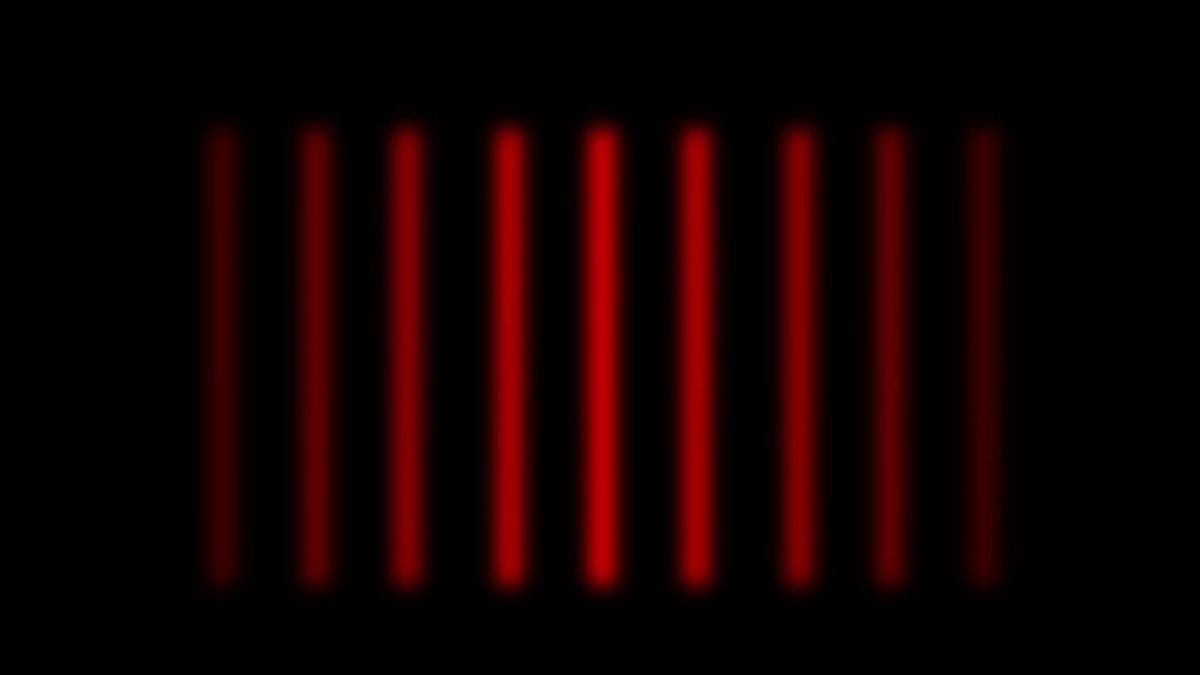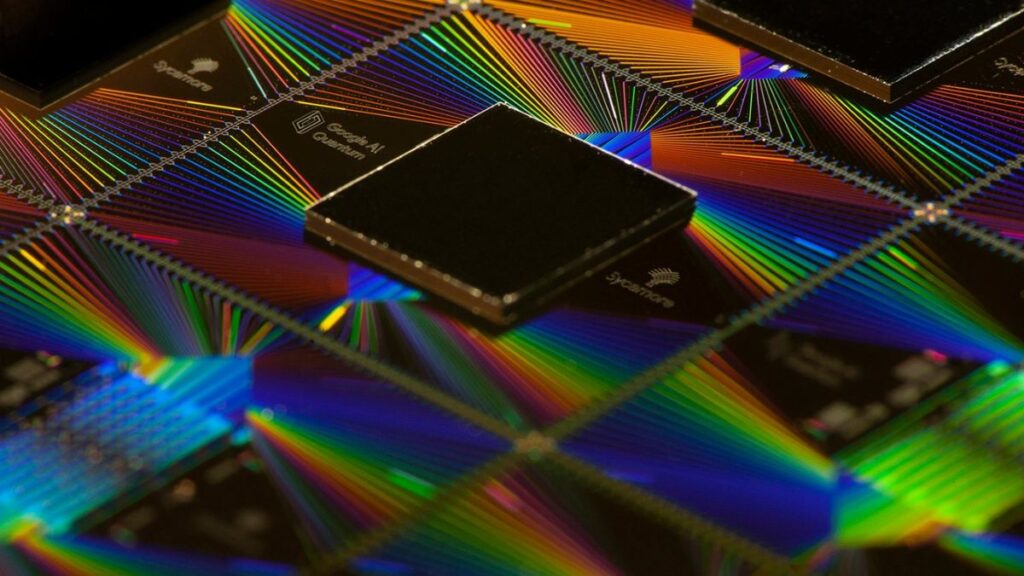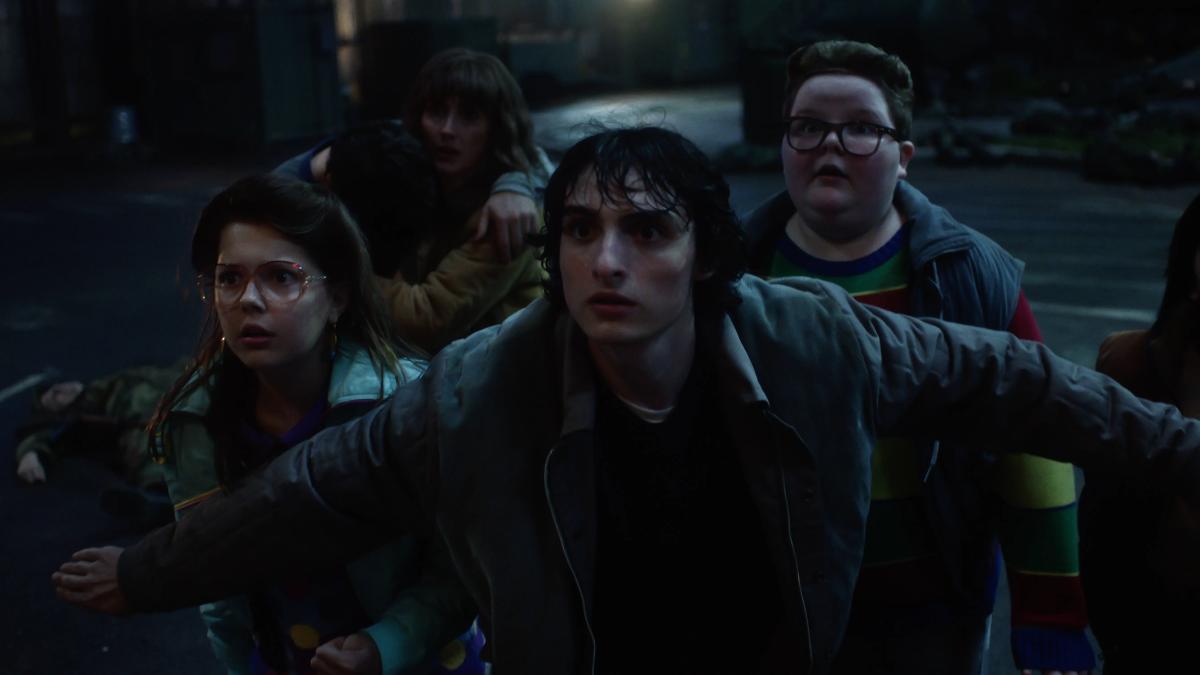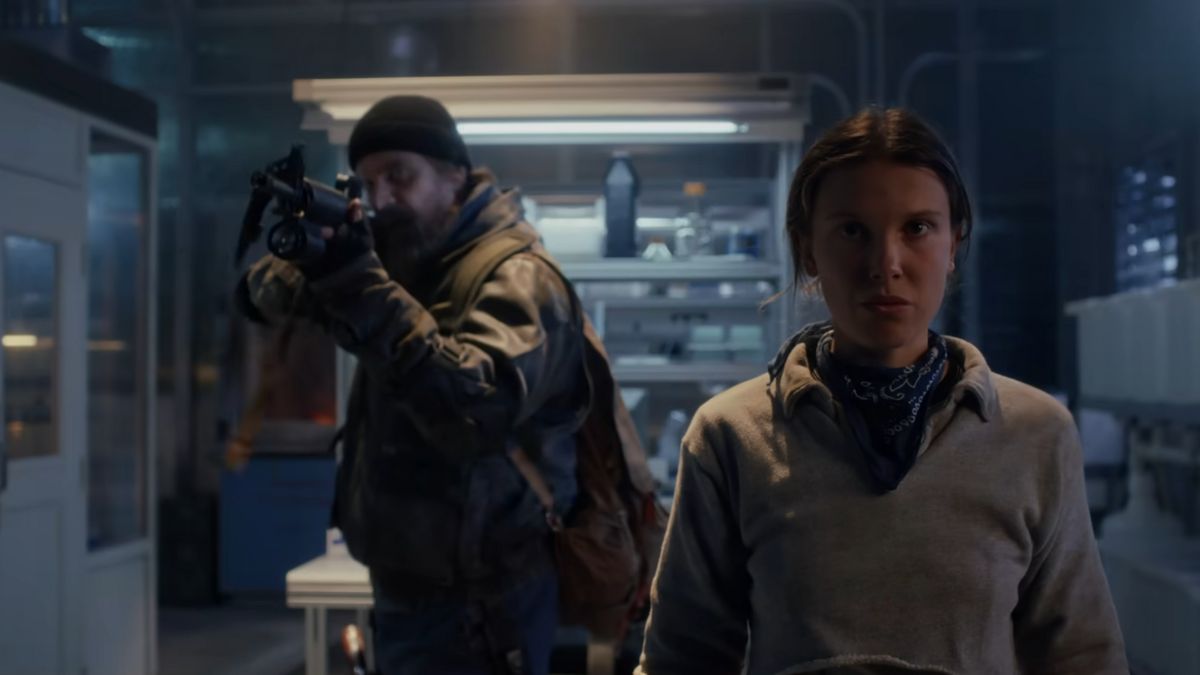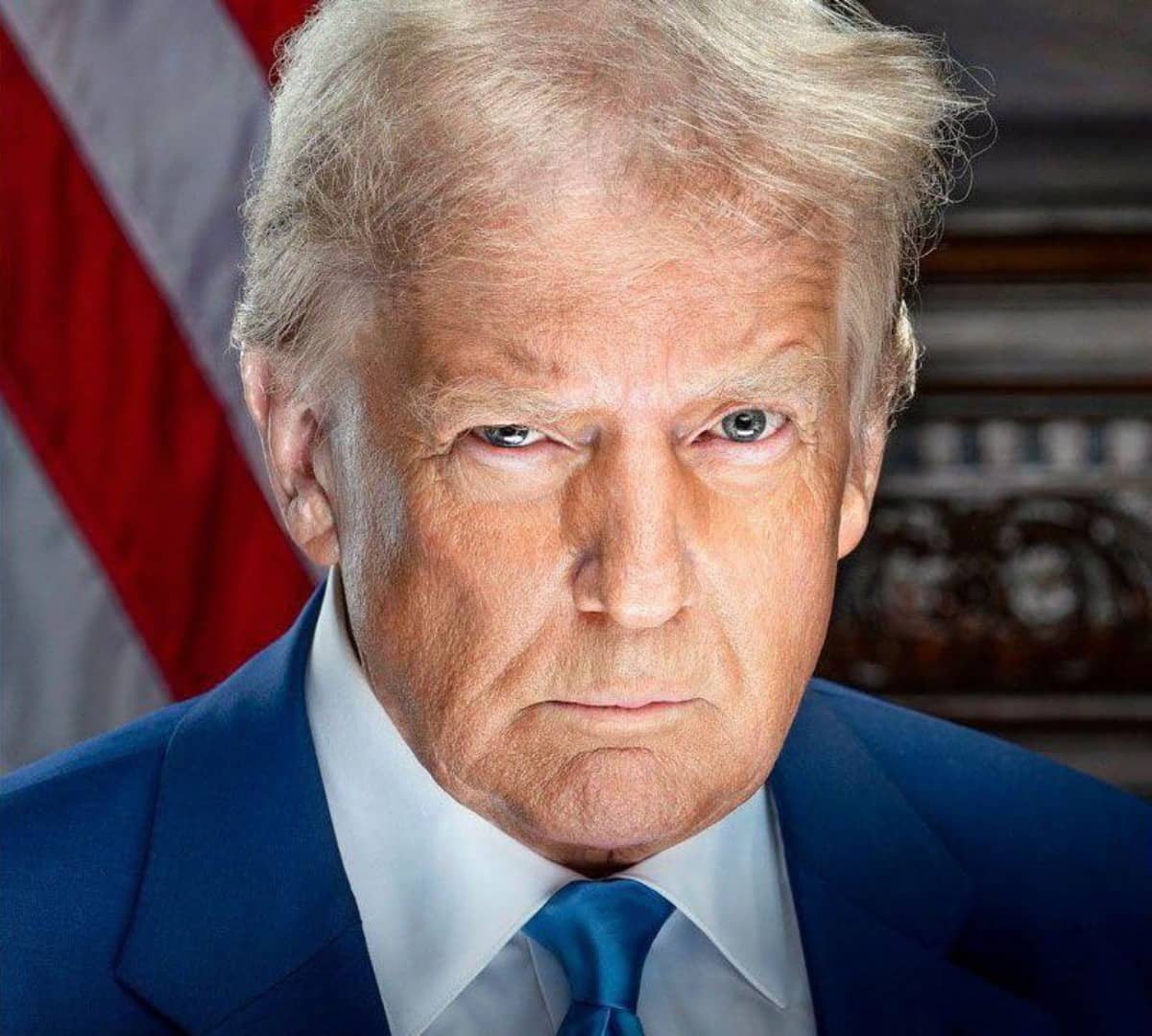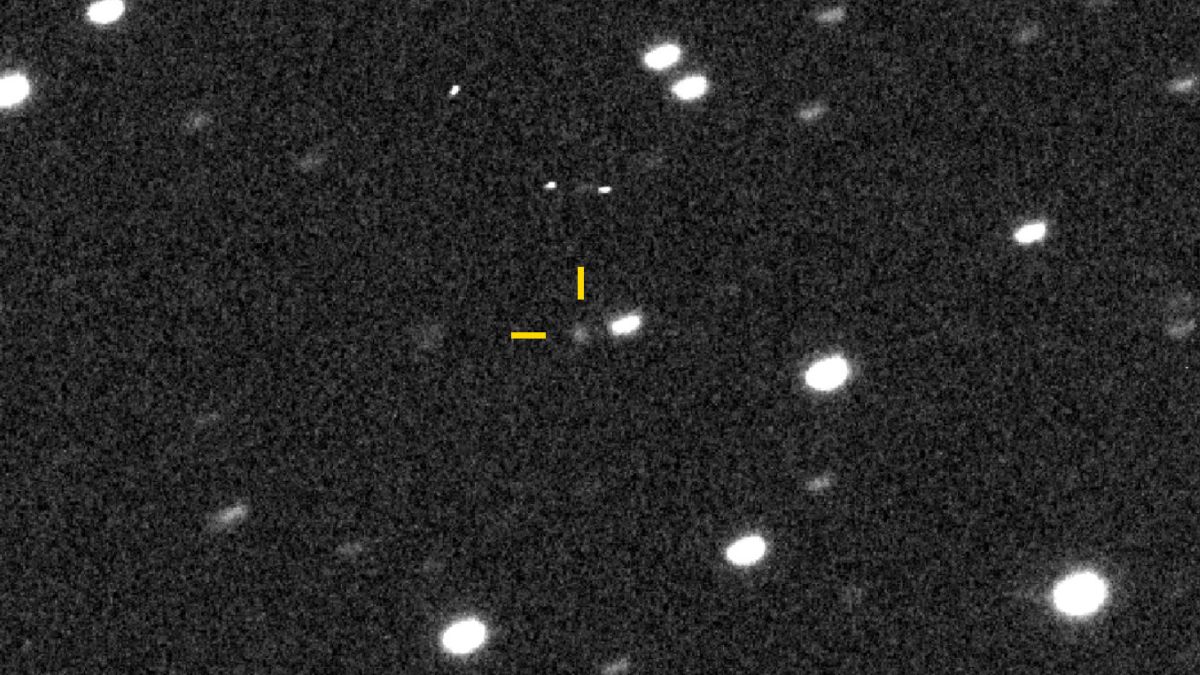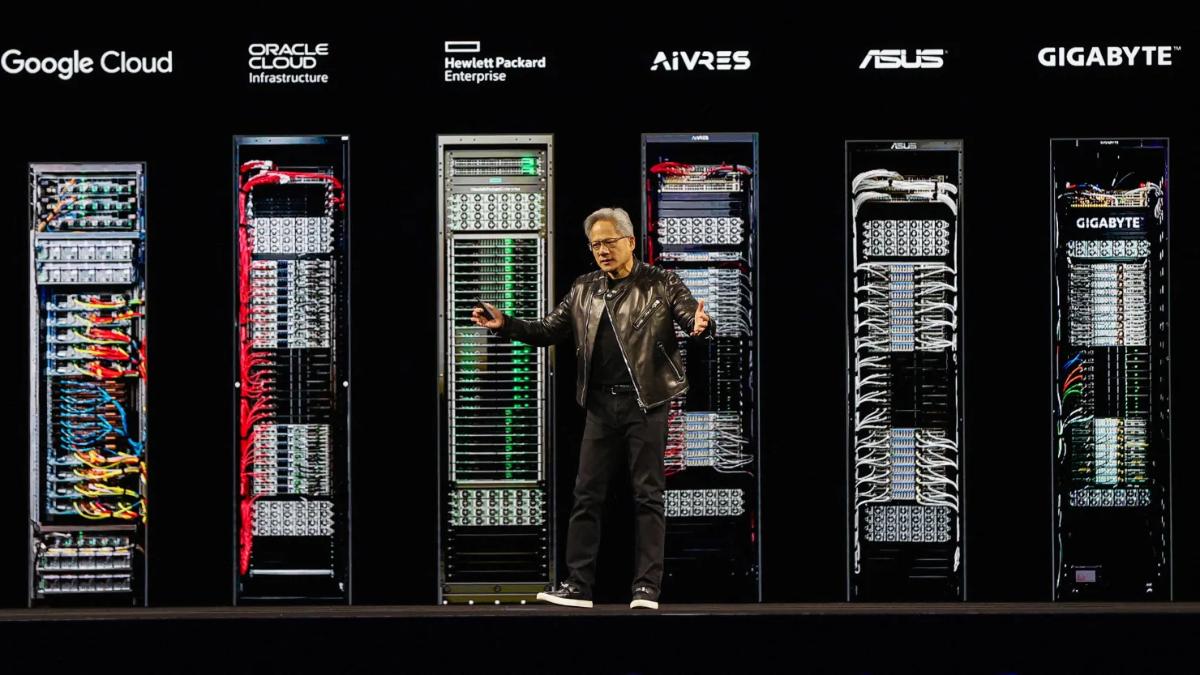A team of physicists at the Massachusetts Institute of Technology (MIT) has resolved a nearly 100-year-old debate between Albert Einstein and Niels Bohr about how light behaves.
The study, published on July 22, 2025, in Physical Review Letters, confirms Bohr’s view that light’s behavior depends on how it is observed.
Using the most precise version of the famous double-slit experiment, the researchers showed that light can act like a wave or a particle, but not both at the same time. The team fired single photons through a grid of more than 10,000 ultracold atoms arranged in a crystal pattern.
By changing the atoms’ level of uncertainty—called quantum “fuzziness”—they controlled whether the photons created wave-like patterns or acted like particles.
This proves Bohr’s theory that quantum behavior depends on measurement. It also challenges Einstein’s idea that light must always behave as both a wave and a particle. Einstein had questioned Bohr’s theory for years, famously asking, “Does the Moon exist only when you look at it?”
The experiment used advanced techniques in quantum control and laser cooling to reach high accuracy. It builds on early experiments from the 1800s that first showed light acts like a wave, and later studies in the 20th century that revealed light’s particle-like nature.
The results help scientists better understand how the quantum world works. They may also lead to new developments in quantum technologies, such as computing and communication.

